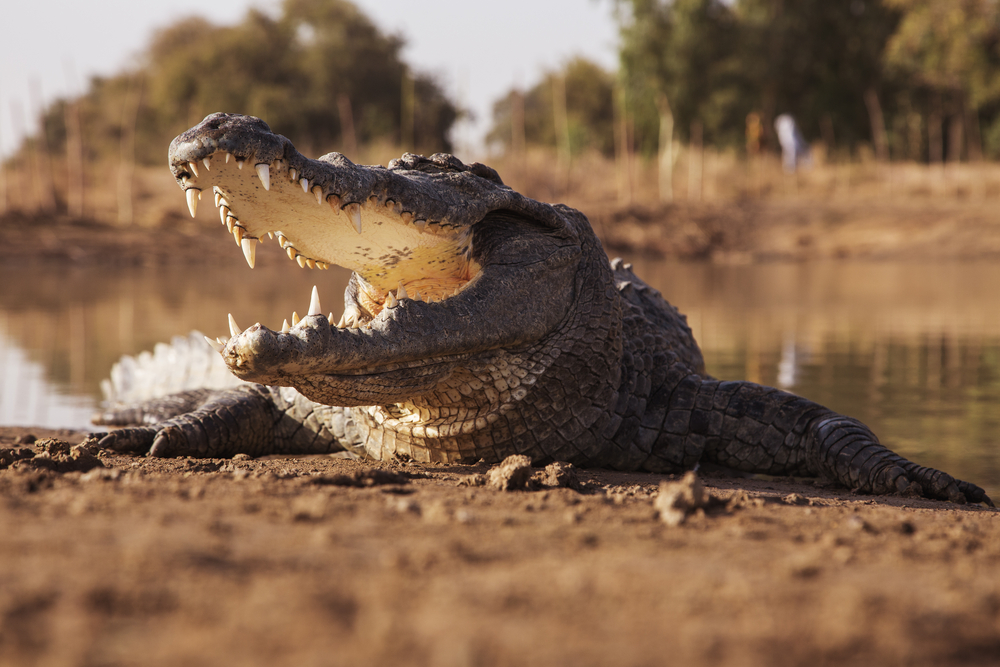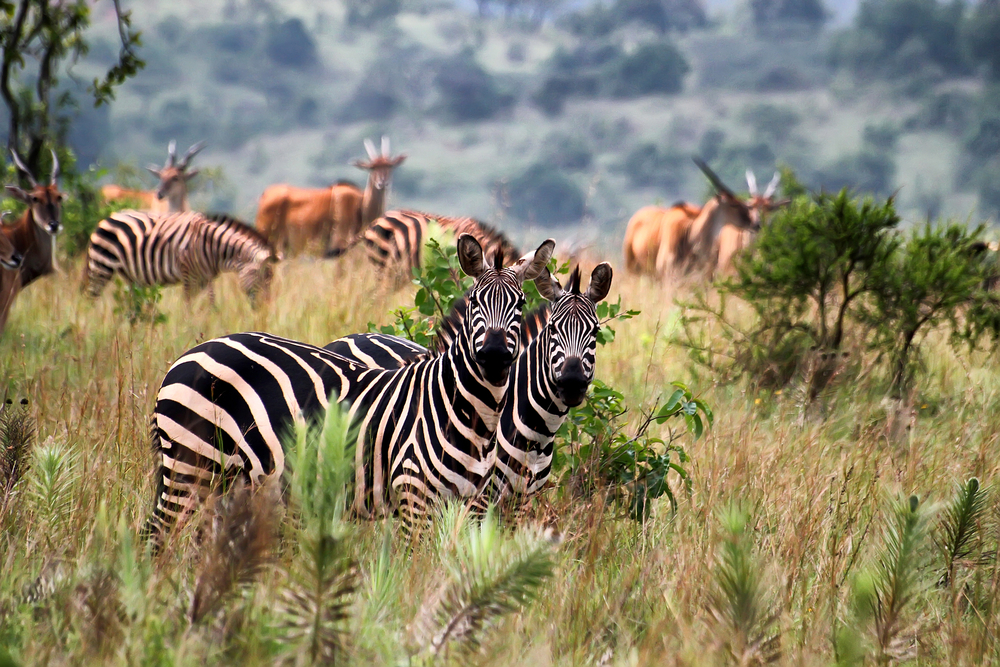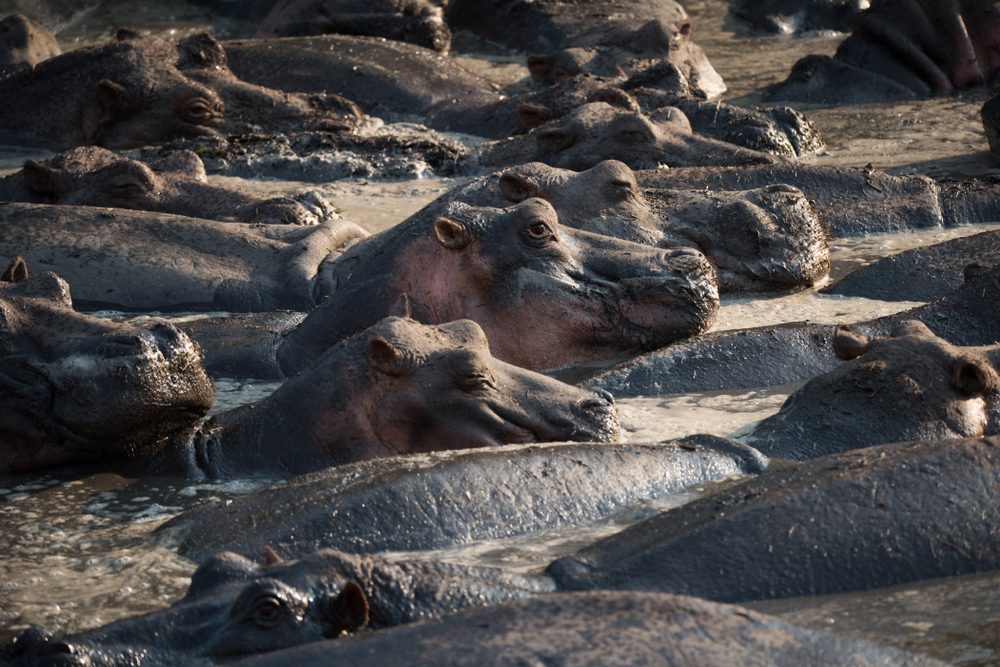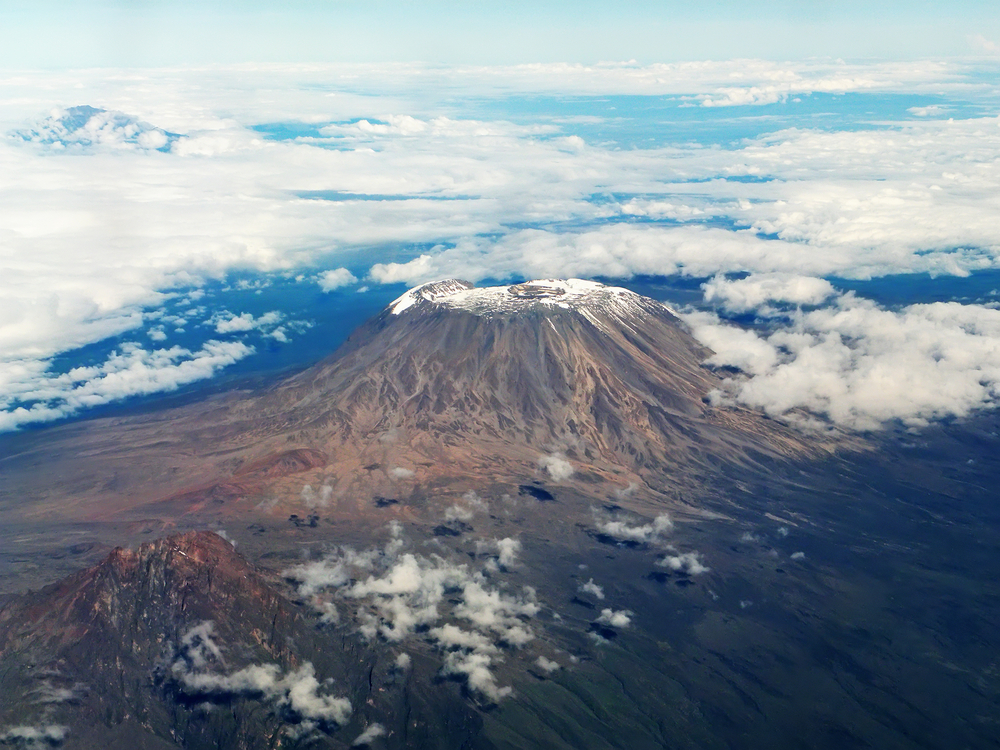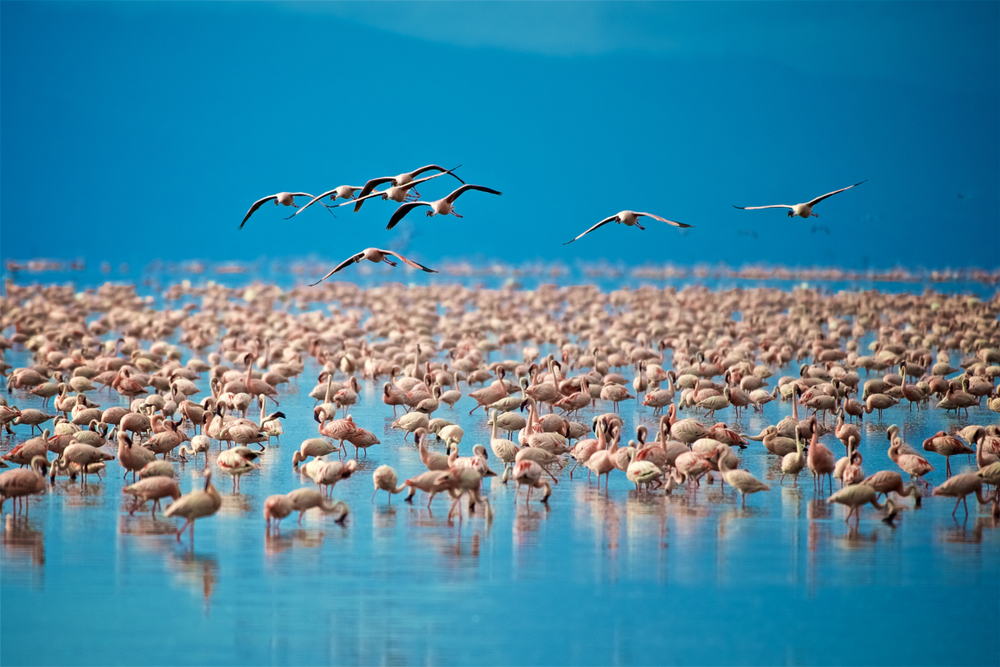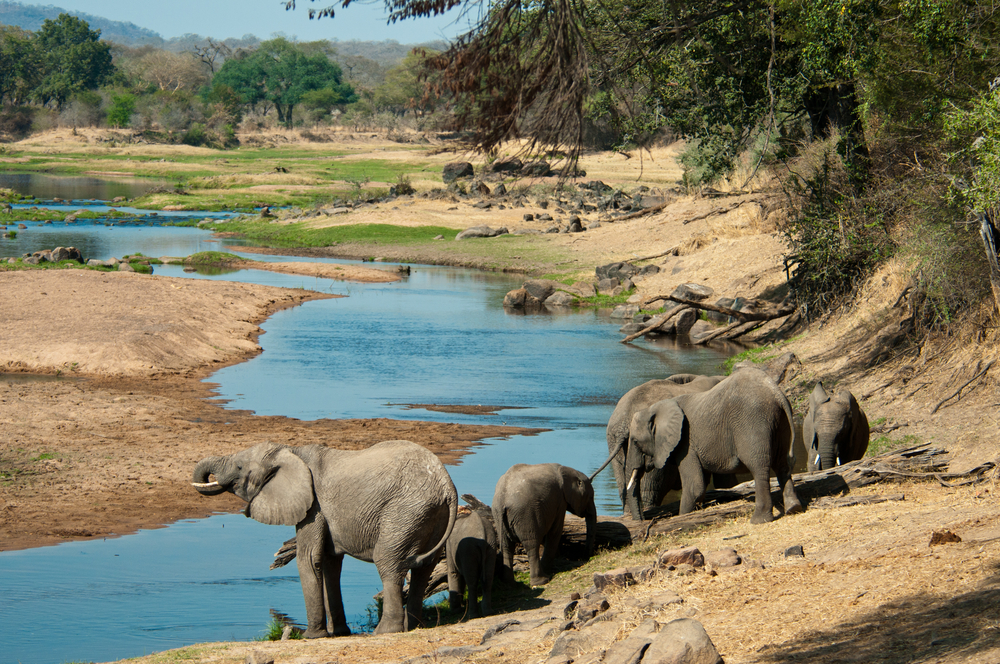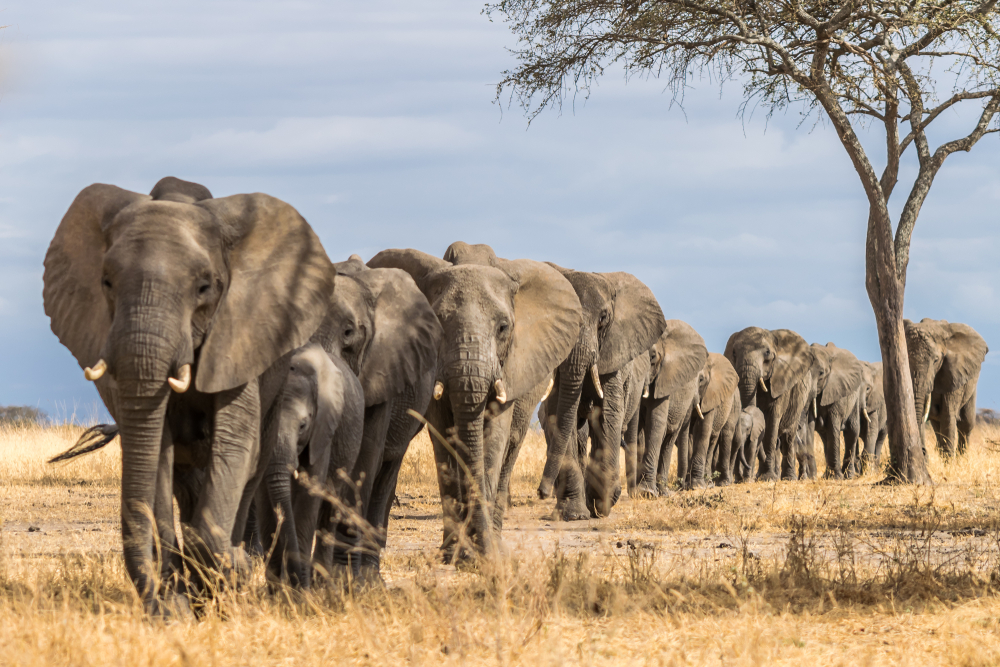Kigosi Overview
Kigosi National Park, known locally as Hifadhi ya Taifa ya Kigosi, is one of Tanzania’s largest and most important wetland ecosystems, located in the northwestern part of the country. Covering an impressive 7,460 square kilometers (2,880 square miles), this expansive park sits within the regions of Shinyanga, Tabora, and Kigoma. Kigosi is part of the larger Malagarasi-Muyovozi wetland system, recognized as a Ramsar Site due to its ecological importance. Established as a national park to safeguard its rich biodiversity and delicate wetlands, Kigosi remains an emerging destination for eco-tourism and wildlife conservation.
The park’s defining features include its vast floodplains, swamps, riverine forests, and seasonal wetlands, which are fed by the Malagarasi River. While the terrain lacks towering mountains or prominent waterfalls, its low-lying plains and sprawling watercourses create a unique and tranquil landscape. Kigosi’s wetlands are particularly stunning during the rainy season when the floodplains transform into a lush, green paradise teeming with life. The park’s serene rivers and water channels are perfect for exploring the pristine wilderness by boat.
Kigosi National Park is renowned for its abundant wildlife, particularly its aquatic species and large mammals. It is home to significant populations of sitatunga antelopes, an elusive and semi-aquatic species adapted to swampy habitats. Other notable species include hippos, crocodiles, topis, and reedbucks, which thrive along the park’s waterways and grassy plains. Elephants, buffaloes, and waterbucks are also common sights, especially near the floodplains where water sources are abundant. Predators such as leopards and spotted hyenas prowl the woodlands, maintaining the ecological balance.
Birdwatching in Kigosi National Park is a rewarding experience, with over 350 recorded bird species inhabiting its diverse ecosystems. The wetlands are a haven for waterbirds, including shoebills, African fish eagles, herons, kingfishers, and open-billed storks. Migratory birds frequent the park seasonally, making it an ideal destination for ornithologists and birding enthusiasts. The vast floodplains and riverbanks provide perfect vantage points to observe flocks of birds in their natural habitat.
Kigosi National Park is integral to Tanzania’s conservation strategy, as it protects one of the largest freshwater wetland ecosystems in East Africa. Managed by the Tanzania National Parks Authority (TANAPA), conservation efforts focus on preserving the park’s fragile wetlands, combating poaching, and preventing encroachment. The park’s designation as a Ramsar Site underscores its importance for both local and global biodiversity conservation. Sustainable tourism and community outreach programs aim to raise awareness and promote the park as a vital natural resource.
Visitors to Kigosi National Park can explore the park’s landscapes through game drives, boat safaris, and guided nature walks. Boat excursions along the Malagarasi River offer intimate encounters with aquatic life, including hippos and crocodiles, while the surrounding floodplains provide excellent opportunities for wildlife viewing and birdwatching. The tranquil setting and untouched beauty of Kigosi offer a sense of isolation and serenity rarely found in more popular safari destinations.
In summary, Kigosi National Park is a haven of wetlands, wildlife, and tranquility. Its vast floodplains, unique species, and ecological significance make it a must-visit for eco-tourists, birdwatchers, and conservation enthusiasts eager to explore one of Tanzania’s hidden treasures.








































































